Themed collection Chemometrics: Tutorials in advanced data analysis methods

The evolution of chemometrics
In this editorial, Richard Brereton reflects on historical and future aspects of chemometrics as a discipline.

Anal. Methods, 2013,5, 3785-3789
https://doi.org/10.1039/C3AY90051G
Pre-processing in vibrational spectroscopy – when, why and how
Pre-processing is nothing without scattering.
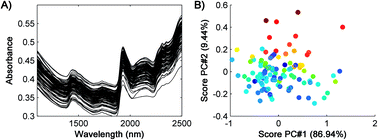
Anal. Methods, 2014,6, 7124-7129
https://doi.org/10.1039/C3AY42270D
Multivariate Curve Resolution (MCR). Solving the mixture analysis problem
This article is a tutorial that focuses on the main aspects to be considered when applying Multivariate Curve Resolution to analyze multicomponent systems, particularly when the Multivariate Curve Resolution-Alternating Least Squares (MCR-ALS) algorithm is used.

Anal. Methods, 2014,6, 4964-4976
https://doi.org/10.1039/C4AY00571F
Principal component analysis
Principal component analysis is one of the most important and powerful methods in chemometrics as well as in a wealth of other areas.
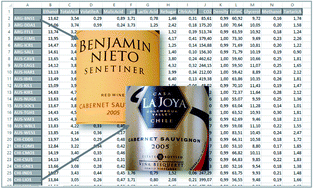
Anal. Methods, 2014,6, 2812-2831
https://doi.org/10.1039/C3AY41907J
Chromatographic data analysis. Part 3.3.4: handling hyphenated data in chromatography
This tutorial describes how to analyze three dimensional (3D) pixel-level comprehensive two dimensional (2D) gas chromatography with time of flight mass spectrometry (GC × GC-TOFMS) data.
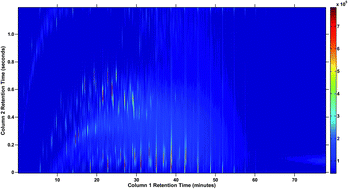
Anal. Methods, 2014,6, 645-653
https://doi.org/10.1039/C3AY40965A
Fluorescence spectroscopy and multi-way techniques. PARAFAC
This article provides a tutorial on the application of parallel factor analysis (PARAFAC) to fluorescence datasets, with tips and new software aimed at overcoming practical and analytical challenges.
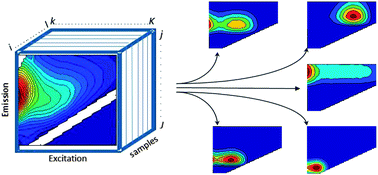
Anal. Methods, 2013,5, 6557-6566
https://doi.org/10.1039/C3AY41160E
Classification tools in chemistry. Part 1: linear models. PLS-DA
The common steps to calibrate and validate classification models based on partial least squares discriminant analysis are discussed in the present tutorial.
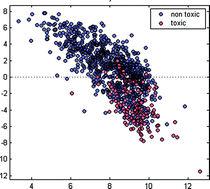
Anal. Methods, 2013,5, 3790-3798
https://doi.org/10.1039/C3AY40582F
About this collection
This series of tutorial reviews will provide knowledge on the application of basic tools for researchers with no background in Chemometrics. This series has the key aim of offering a comprehensive tutorial with the main steps and concerns about the main techniques applied in Chemometrics. Guest Edited by Dr José Manuel Amigo. New articles will be added to this collection as they are published.